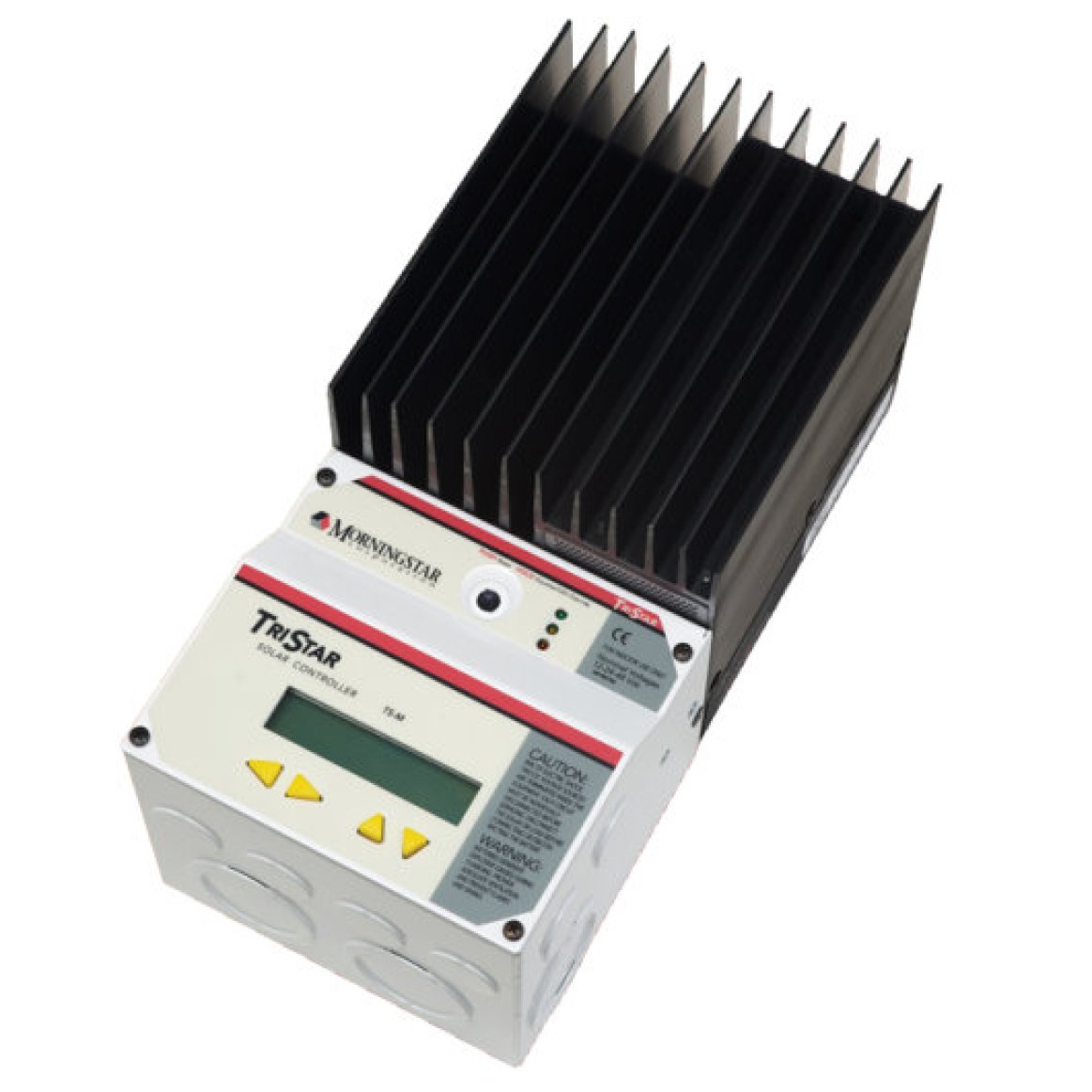


For a more recent overview of MPPT, visit our Understanding MPPT and MLPE article for 2021.
The maximum power point tracking (MPPT) is a higher efficient DC-DC converter technology compared to "shunt controller" and "pulse width modulation (PWM)" technologies.
Using a non-MPPT charge controller is like connecting the battery directly to the solar module. A traditional charge controller may charge a battery with the voltage that is dictated by the battery. By nature, the voltage of a fully-charged battery is higher than that of a discharged-battery. Consequently, the power drawn by an empty battery is usually lower than that of a full battery.
The question arises when we notice that there is a power loss that we are not utilizing when our batteries are empty. Where did my power go?
The MPPT utilizes whole module power by dictating the voltage of the battery charging state. The charge controller keeps the voltage and current at an optimized level where the modules deliver the most juice. The
Let's explain with an example:
Assume that we are using an Evergreen ESA 210 Solar panel, (please not this module is just to illustrate the example and is no longer in production) which has the Vmp of 18.3 volts and the Imp of 11.48 amperes. (11.48A x 18.3V = ~210 watts)
An empty 12V battery may generally have 12.2 volts. Therefore the battery would charge by 11.48A x 12.2V = 140 Watts. It's significantly less than the maximum available output (210 watts) of the module.
What a MPPT charge controller does is that it boosts the voltage and the current of the system, as close as the I-V curve of the module. In this case, the MPPT charge controller charges the battery at almost 18.3 V and 11.48A, while using the most out of the solar panel.
One last note here is that Maximum Power Point Tracking technology has nothing to do with solar tracking. MPPT is only a control feature for a battery charger.
Here are two explanatory resources for further information:
- What is the Maximum Power Point Tracking (MPPT- Blue Sky Energy) (.pdf)

Comments
Hi,
If mppt boosts the voltage to maximize available power to charge,will not it damage the battery?
Thanks for you question. No, it only boosts the voltage within the acceptable parameters of the battery chemistry selected. This article about MPPT vs PWM controllers will be helpful.
Does there need to be amperage from the panels for mppt to also work or can it produce power from the voltage alone? It seems there not much difference running 2 18v panel series arrays versus 3 18v panel series arrays.
Yes, you need to have current as well as voltage for MPPT charge controllers to work. Thanks for your question.
can I use MPPT from the solar panels and wire directly to a DC to AC converter. Does that make sense?
Thank you for your question. There are a lot of variables that should be considered before making this connection(some questions); Is the voltage between the charge controller in range of the inverter? Does the inverter have its own MPPT for the range of DC voltages from the solar? Are the loads on the other end of the inverter able to accept varying power? Let me know and then we can provide additional support. Thanks again.
So I could use a mppt charge controller with solar panels that are designed to be a 24 volt system to charge my 12 volt batter bank? The mppt would adjust the panels to an acceptable vmp for my 12 volt bank?
Thank you for your comment. Charge controllers are set up to have a specific DC output, with some DC input tolerances to accept solar, wind, or other DC generation. So if a charge controller is rated at 24 V then the DC battery side needs to be matched to properly work as intended and the DC input needs to be within the input tolerances as well. The spec sheet will specify what the input range and output voltages are. Almost all small MPPT controllers are 12V or 24V output and 24V to 150V Input. Thanks again.
i am using TEC 12715 modules to generate a voltage of 2.5V and current of 100mA.
Would a MPPT work with such low power and if it does i need a boosted output of 5V,would it be able to deliver?
Thank you for your comment. It would be best to contact the manufacturer to answer this specific question. Thanks again.
Hi all
I have bought a inverter who does use 150 to 300 volts input voltage, the 150 volts is
the bordeline where it start, and stop when voltage get lower then 100 volts.
I want to use accu,s like I can set in series so I get 48 volts, or even higher like 96 volts for lower
amperage, this jas to be charged by the sun panels, so what do I need for a MPPT kind of charger>?
the inverter is 2.8 kilowatts so I need a strong one, can someone hive advice what to do?
I see only MPPT for 24 volts or only 48 volts, so I need the MPPT do give above 150 volts out 3 kilowatts
and work with 48 volts or 96 volts to 150/250 volts for the inverter to grid.
thanks,